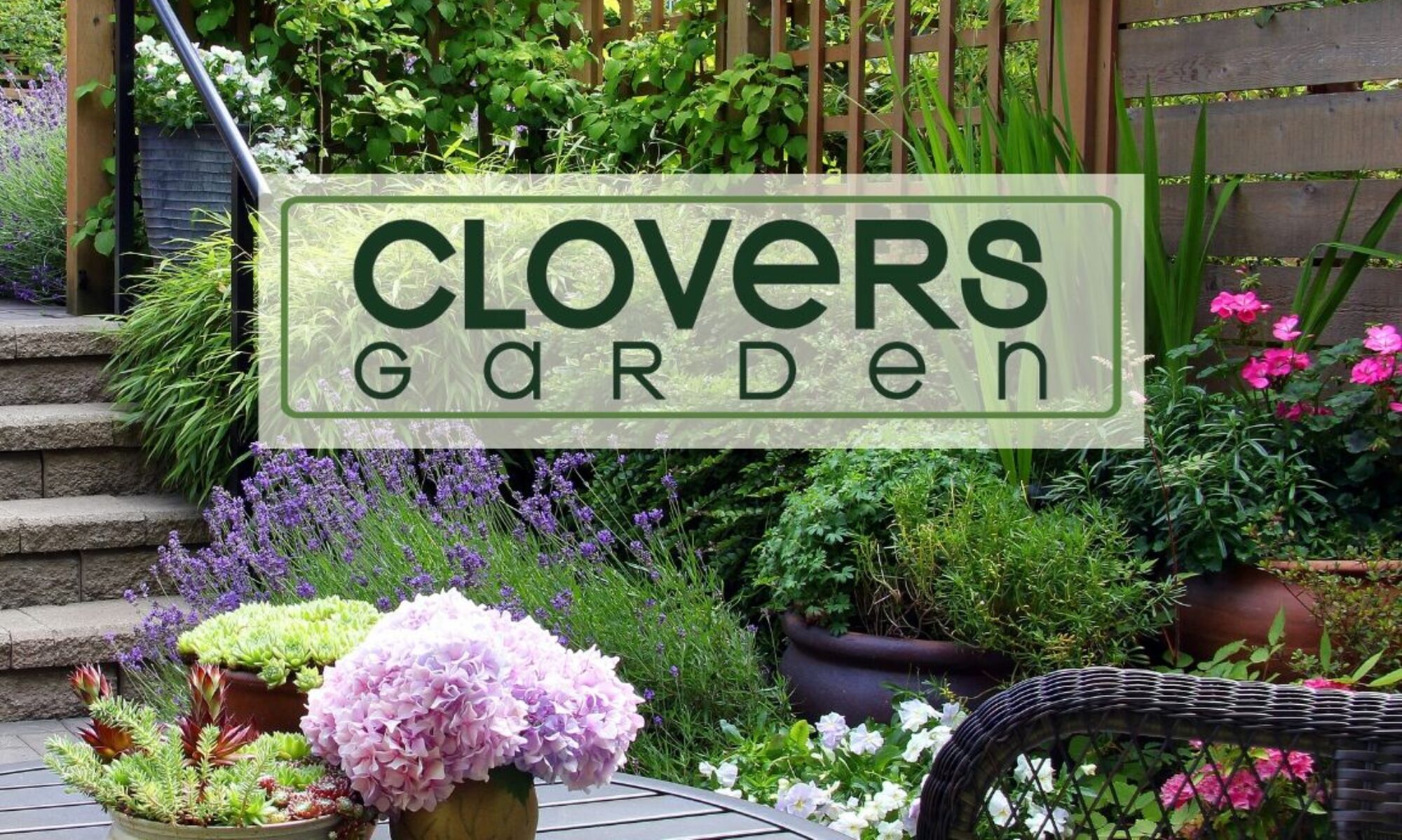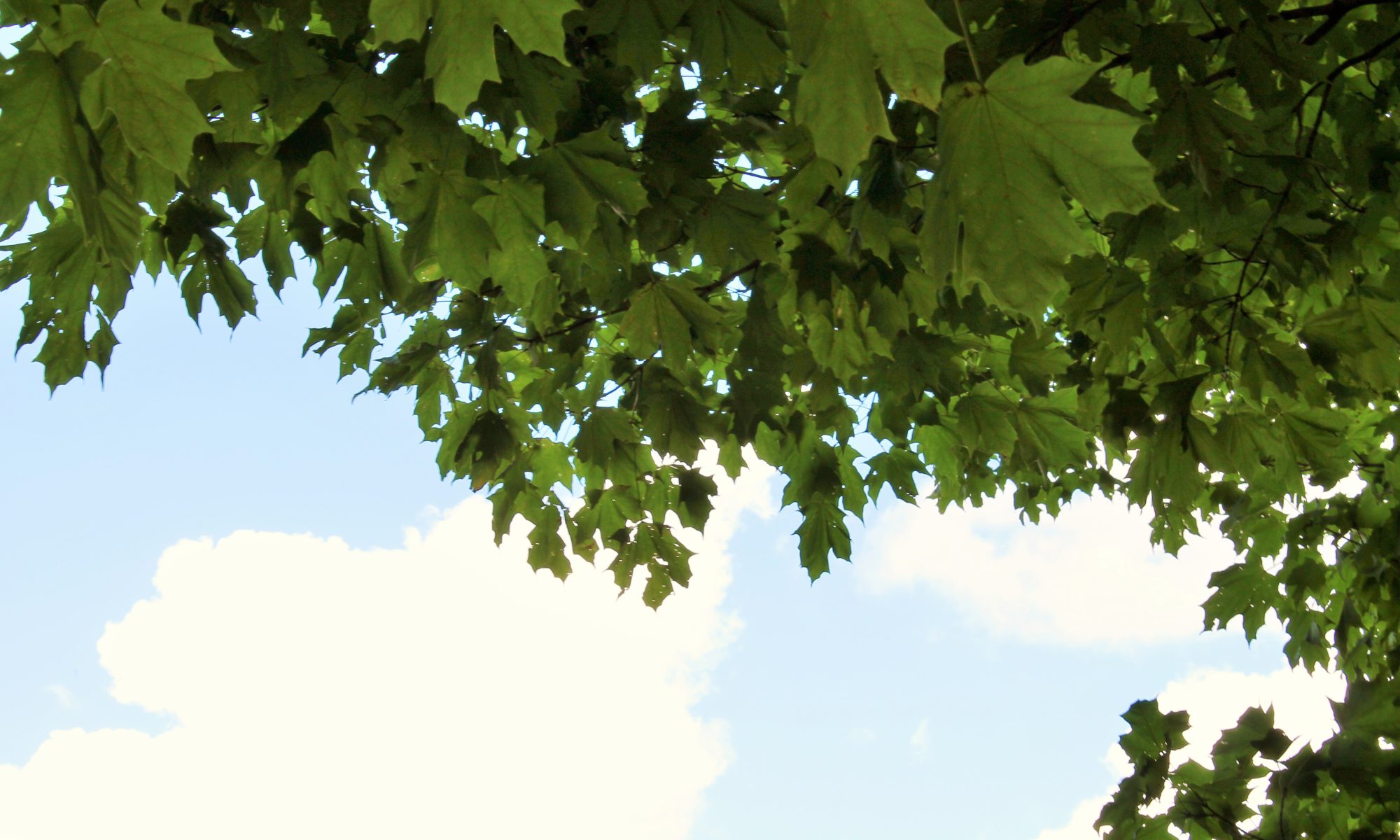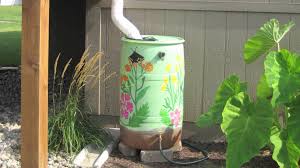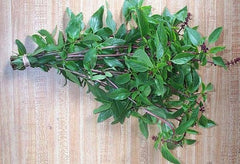Mosquitoes! That one word is enough to drive anyone indoors! After all the hard work you’ve done to create a welcoming and fun outdoor space, it’s hard to believe one tiny bug is that powerful. Mosquitoes not only put a damper on our outdoor activities but they are downright scary for how many awful diseases they can transmit to our family and pets.
But putting on bug spray every time you go outside is not practical and for little kids and pets, it’s potentially toxic. So how to create a first line of defense for your family that works continuously for the entire summer? Try all-natural and easy-to-grow mosquito repellent plants. You can protect your friends and family and grow a gorgeous, edible garden at the same time.
These robust and adaptable plants thrive from spring through the first heavy frost and even grow perennially in some zones. They give off a pleasant lemony, citronella scent when cut, bruised, or even rustled in the wind, creating a natural barrier mosquitoes won’t want to cross. With thick foliage; great shapes; and superb adaptability, these plants not only drive mosquitoes away but bring beauty to your garden; attract beneficial insects and birds, and even liven up your summer cooking!
Here are a few of the basics on growing our three most popular Mosquito Plants and a list of seven other plants you can grow to deter biting insects. And bonus, most are edible herbs.
Mosquito Plant (Citrosa Geranium)

This gorgeous plant is part of the Geranium family, and features thick, mounded foliage of lacy, medium-green leaves and over the season will produce a few pretty pink-purple blossoms. This lovely green foliage makes it a great companion plant, a fantastic container filler, and a nice foundation or edging plant.
Like all geraniums, Citrosa Geranium needs direct sunlight for at least six hours per day but can tolerate partial shade. It does best in well-drained, moderately-rich soil but can handle most growing conditions. This large plant can grow up to 48” high and 24” wide so give it plenty of room to grow! Towards mid-summer, the plant will benefit from a trimming of woody branches to keep it nicely shaped. Look for the main central stem and cut it back to the height you prefer – this will promote outward, side stem growth and encourage more blossoms. After you’ve trimmed those branches, add them into your floral arrangements as the thick leaves provide a good structure for smaller flowers and the citronella scent will be released so your bouquet does double-duty as a mosquito deterrent. Plants are still in stock, order here.
Lemongrass (Cymbopogon citratus)

One of our most popular plants, Lemongrass is often grown as an ornamental and grows in a dense, rounded clump and can grow up to 48” high and 36” wide. The stems grow out of a bulbous base similar to a scallion and this portion is frequently used in Asian-inspired cooking. Lemongrass requires the same general planting needs as Citrosa Geranium: full sun but can tolerate shade; well-draining, loamy soil but can withstand drought. Lemongrass bulbs can be harvested and will regrow if there is enough growing time left.
Lemongrass is perennial only in Zones 9 through 11 and must be treated as a tender annual in all other climates but will grow into late fall if protected from late-season frosts. When mature, this plant benefits from division as it can become rootbound. Just slice into the crown with a sharp knife or spade and separate each root clump. Replant in a pot or in the ground and feed and water until established. Plants are still in stock, order here.
Lantana Camara

This heat-resistant flowering plant loves dry spots and full sun. It grows in a bushy pattern with dark green, glossy leaves and blooms profusely all summer long. Perfect in large containers or in foundation plantings, this plant is also a butterfly favorite! One note: after blossoming, the plant form berries which are poisonous. Just snip off spent flowers which actually encourages more growth! Plants are still in stock, order here.
Herbs and Flowers that Repel Mosquitoes
Give them a try (it’s not too late to get growing!):
How to Plant to Repel Mosquitoes
Both plants’ leaves give off a natural citronella scent when cut, bruised, or even rustling in the breeze. To repel mosquitoes, plant near high use areas such as patio borders, deck containers, play areas, or near entryways. When you walk by the plant, roughly brush or rub leaves together to release a burst of scent.
Add cut branches to floral arrangements and place around your sitting areas for extra evening protection. Dry the leaves in the sun on a window screen, then crush them and sprinkle around the deck. You can also steep the leaves to make a natural bug spray but test first on a small patch of skin.
In the Kitchen
Geranium leaves and flowers can be added fresh or candied to desserts to lend a lemony flavor. Leaves can be brewed into tea, steeped to create a lemony liqueur or flavored vinegar, made into jellies and sauces, added to butter or ice cream for a subtle flavor, and used as a garnish.
Lemongrass is usually ready for harvest near the end of the growing season. Pick individual stalks when they’ve grown to ½” thick and the plant is at least 12” tall. Just cut off at ground level with a sharp knife or twist off sideways from the main root crown (similar to picking rhubarb). After picking, remove outer, woody layers and leaf tips as they can be bitter. The bulbous portion and lower thicker stalks can be chopped like a scallion and added to stir-fries. The leaves can be dehydrated and used as a ground herb, as a whole dried leaf, or added to oils or vinegar for a lemony infusion. Fresh leaves can be bundled and submerged in hot water to make tea. The whole stalk makes a great skewer and adds lemony flavor to your shishkabobs.
It’s not too late to start growing your Mosquito Repellent Garden. You don’t have to pour on the bug spray to protect your family from mosquitoes and the scary diseases they carry. Give these gorgeous plants a try and take back your yard!






 This garden favorite is easy to grow and versatile in so many dishes, make sure you plant lots because you’ll always find a use for it! Basil can be started from seed directly in the garden but will take some time to harvest. Planting from seedling will give you quicker results. Basil prefers full sun, well-drained but consistently moist soil, and needs warmth to grow. If your soil dries out quickly, mulch around the base of the plant (be sure to choose organic mulch!). It does have a tendency to flower so be sure to trim off blossoms to promote growth (they are edible!). Not fussy, basil just needs regular watering and occasional fertilizer. The more you harvest, the faster it grows and will keep producing until the first heavy frost.
This garden favorite is easy to grow and versatile in so many dishes, make sure you plant lots because you’ll always find a use for it! Basil can be started from seed directly in the garden but will take some time to harvest. Planting from seedling will give you quicker results. Basil prefers full sun, well-drained but consistently moist soil, and needs warmth to grow. If your soil dries out quickly, mulch around the base of the plant (be sure to choose organic mulch!). It does have a tendency to flower so be sure to trim off blossoms to promote growth (they are edible!). Not fussy, basil just needs regular watering and occasional fertilizer. The more you harvest, the faster it grows and will keep producing until the first heavy frost. Mosquitoes hate the scent! Especially Lemon Basil and Cinnamon Basil – combine a few plants in your patio containers to keep the bugs away. The full foliage makes a nice addition to containers; just rustle the leaves for a burst of scent; and you’ll have ready access to herbs for dinner. Old-time gardeners always planted basil near tomatoes, peppers, and asparagus to repel thrips and beetles. Folklore also goes that basil planted near tomatoes make the fruit sweeter. Definitely worth a try and you’ll need both ingredients for our killer Caprese recipe (
Mosquitoes hate the scent! Especially Lemon Basil and Cinnamon Basil – combine a few plants in your patio containers to keep the bugs away. The full foliage makes a nice addition to containers; just rustle the leaves for a burst of scent; and you’ll have ready access to herbs for dinner. Old-time gardeners always planted basil near tomatoes, peppers, and asparagus to repel thrips and beetles. Folklore also goes that basil planted near tomatoes make the fruit sweeter. Definitely worth a try and you’ll need both ingredients for our killer Caprese recipe ( Basil can be harvested as needed but try to pick in the morning as the taste will be the sweetest. To pick, just snip leaves off the plant or cut a whole stem (the latter will cause plant to bush out more). Rinse leaves in cool water and spread on towels or use a salad spinner to dry out. If you aren’t using right away, submerge stems in water as with a flower bouquet until ready to use. Do not store in the refrigerator as this will affect taste. To strip leaves off stems, just hold upside and run fingers down the length of the branch.
Basil can be harvested as needed but try to pick in the morning as the taste will be the sweetest. To pick, just snip leaves off the plant or cut a whole stem (the latter will cause plant to bush out more). Rinse leaves in cool water and spread on towels or use a salad spinner to dry out. If you aren’t using right away, submerge stems in water as with a flower bouquet until ready to use. Do not store in the refrigerator as this will affect taste. To strip leaves off stems, just hold upside and run fingers down the length of the branch.

